This post was earlier cross-posted at Leonid Schneider's site, hence the nonfrivolity and Explaining Voice. The version there is improved by Leonid's frame story and editing.
I have a nostalgic fondness for the work from Mi-Cong Jin's group, having first encountered them in the context of Prashant Sharma and Rashmi Madhuri. Along with scamference impresario Ashutosh Tiwari, Sharma and Madhuri surveyed significant nanotechnology developments, in a Review Paper for Tony Turner's journal Biosensors & Bioelectronics (with Tiwari guest-editing, as Turner's protégé). Inter alia, they reprinted Figure 1 from "In situ controllable synthesis of graphene oxide-based ternary magnetic molecularly imprinted polymer hybrid for efficient enrichment and detection of eight microcystins" (for short, [4]). In 1(a), a score of perfectly uniform Fe3O4 nano-eggs have appeared on a leaf of graphene (GO). Perhaps they were laid there by a nanoscopic Iron Butterfly.
Now Photoshop compositions abound in the pictorial realm of nanotech illustration, so this development was not that significant. Pan, Zhao, Jin et al. are only minor offenders by the standards of that realm. What brings them out of comment threads and into our ambit here is a flurry of Errata accepted by the editors of Royal Society of Chemistry journals (Journal of Materials Chemistry A, RSC Advances, Analytical Methods), revising Figures and in one case the text of 2014-2017 papers (labelled [2], [3], [4], [7] in the Helpful Diagram below). These Errata provoked a series of tweets from F. X. Coudert.
"The authors apologise that parts of the data presented in Fig. 1 had been inappropriately modified using Photoshop to make the images more appealing. The authors apologise for this and understand that any type of image manipulation is not acceptable.The collective impression is of a Hans Christian Andersen fable, updated for Nanoscholars... "The Emperor's courtiers agreed that it is not standard scientific practice to forge illustrations of the Emperor's ultra-fine costume in Photoshop. In return for this concession, the editors of Advances in Nanofabric and Journal of Imperial Tailoring allowed them to amend their papers with better illustrations, photoshopped more skillfully and less obviously."
"The authors have repeated the experiments to provide replacement data for Fig. 1(b)–(f). The accuracy and integrity of the new data has been confirmed by the Director of the Ningbo Municipal Center for Disease Control and Prevention. The new figures have been reviewed by a member of the journal’s Editorial Board and are provided below in order to fulfil the journal’s responsibility to correct the scientific record, in accordance with the guidelines provided by the Committee on Publication Ethics (COPE). This correction does not alter the conclusions presented in this Journal of Materials Chemistry A paper."
In particular, this set of papers feature the 'template / grafting' approach to nano-level chemical mensuration. Here a polymer coating is applied to the surface of nanoparticles, riddled with cavities in the shape of the molecule of interest, so that on environmental exposure, ambient molecules fall into the cavities and get stuck. Later they can be shaken loose and counted, resetting the nanoparticulate booby-traps ready to repeat the process. The specificity of those cavities can range from a single molecule to a wide range. Now I am not saying that this is arrant cargo-cult nonsense, nor that every published application of this paradigm was fabricated. I do want to say that 'template' papers dominate the prodigiously falsified production from Bhim Bali Prasad.
Anyway, here is the Helpful Diagram. [4] is the keystone of this scheme (as well as my point of entry into the oeuvre), so there I begin, before the readers grow bored. It will be a short but bumpy ride so strap yourselves in.
We have already encountered Fig 1(a). The photocloning was not as intensive in Fig 1(c), this time depicting T-MMIPs (the Ternary Magnetic Molecularly Imprinted Polymer hybrids of the title). Yet close inspection shows their numbers to have multiplied, appearing more numerous than they really are, as if to to deter other nano-butterflies from laying there. Devoid of nano-enhancements, the Scanning Electron Microscopy image (SEM) reappeared in [5] as Fig 5(b) and 5(c): overlapping enlargements, there identified as "double-sided magnetic molecularly imprinted polymer modified graphene oxide (DS-MMIP@GO)".


Continuing with Fig 1, small photocloned platoons of GO-Fe3O4 and T-MMIP particles assemble in panels (e) and (f) respectively, now depicted with Transmission Electron Microscopy (TEM). Their parade-ground is a single creased film of graphene, scrubbed clean before each use. The magnetite dots in 1(e) are almost featureless with only a flattened edge to betray their identity. The MMIPs in 1(f) appear to be protruding the tips of their tongues in concentration.
Two points are worth noting here. First, these are not the first appearances of that graphene-film backdrop. It served the same role in Fig 1(f) of [2] and Fig 1(b) of [3], but in those cases it supported masses of frog spawn (or maybe tapioca balls). No, I tell a lie, they were really core–shell magnetic polymers imprinted to bind pentachlorophenol, or 2,4,6-trichlorophenol as the case may be. We'll come back to [2] and [3] shortly.
Second, the original of the tongue-producing MMIPs of 1(f) can be found in Fig 4(a) of [6], "Fe3O4@SiO2". I want to adorn it with ears and googly eyes and turn it into the head of a French bulldog doing a Blep.
The Blep-particle (in isolation or en masse) is not all that ties [4] and [6] together. Consider these SEM images. A nanopellet of GO-Fe3O4 in melancholy isolation, or an identical triplet of Fe3O4@SiO2? An alert reviewer or editor might have wondered about the identical nipple displayed on each sphere. The background texture is unchanged but the metadata at the bottom of the frames alleges a different magnification.
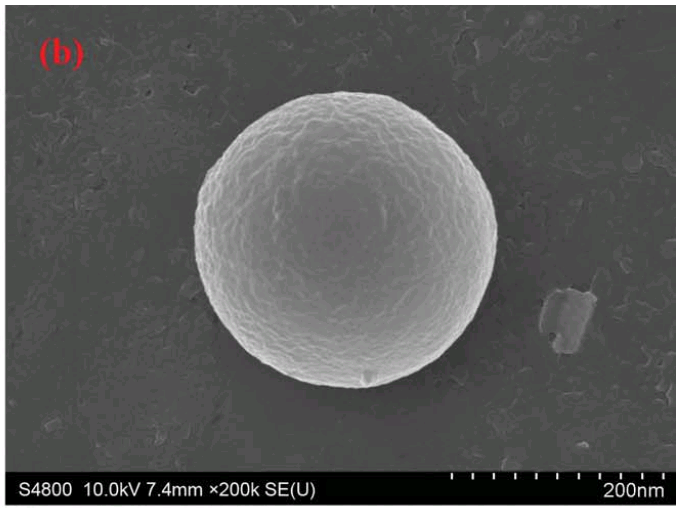
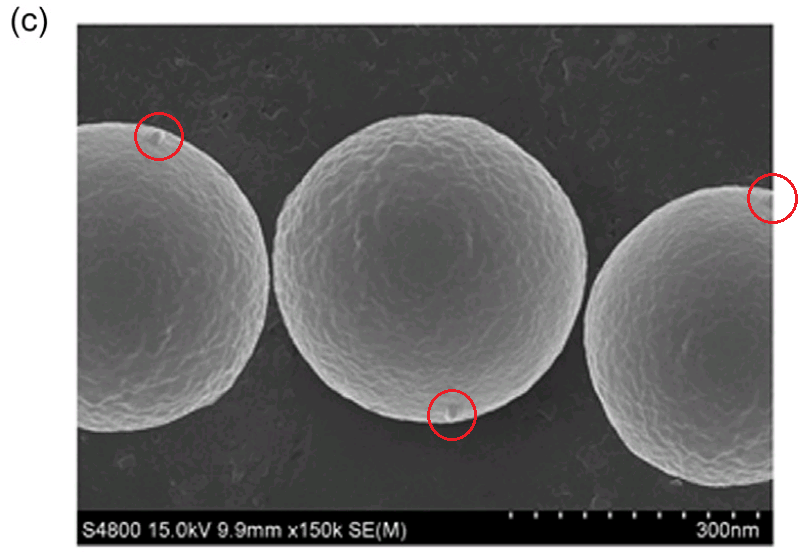
The suspicion that they are really nano-Tribbles is strengthened by the discovery of Fig 3(f) from [7], identifying them as "core-shell MD-CS-MMIPs"; the scale has changed but they have multiplied again and they are spilling off the edge of the frame.
We haven't yet finished with [7] for it allows us tie to everything together, and to return to [2] and [3] as promised. Please compare the bonus tapioca below. We have already seen Fig 1(f) from [2], at left, but the same frog-eggs appear at right in Fig 3(d) from [7], as "core-shell MD-CS-MMIP using appropriate amount of oleic acid".
The eggs so far have been rather undisciplined in their parade-ground drill. I am relieved to see them in more serried ranks as 1(b) of [3] and 1(d) of [2], without the graphene backdrop, more tightly packed in the latter but with exactly the same alignments for the individual ova in both versions.
A close examination of the ova removes any lingering doubt: these images are complete Photoshop confections, constructed from elements that are identical apart from rotation.
But according to the Errata these instances were not de-novo creations, instead falling under the rubric of mere image beautification. Moreover, the authors have reenacted the process of synthesising and characterising the materials, this time under the supervision of "the Director of the Ningbo Municipal Center for Disease Control and Prevention" (as their colleague and supervisor, and beneficiary of the Center's raised profile, he or she is a disinterested observer and devoid of complicity).
The Ningbo Director could be any of this list (provided by Tiger BB8).
A few more links remain among the seven papers. The faults (if they are faults) are less grievous, involving duplicated illustrations and plots, which can occur by accident and are easily corrected, rather than willful fabrications.
The different materials in [2] and [3] produced identical FTIR spectra, down to pixels of noise. This, apparently, was due to unnamed outside analysts who were sent the raw data for plotting, and who sent back the wrong results, replicating an earlier file.
The different materials in [2] and [4] produced identical XRD patterns, down to the last pixel of noise. This, apparently, was due to unnamed outside analysts (perhaps different ones) who were sent the raw data for plotting, and who sent back the wrong results, replicating an earlier file.
A second replicated XRD pattern emerged from the materials in [4] and [7]. Indeed, the identical pattern had already been reported from mercury-absorbent "Surface mercapto engineered magnetic Fe3O4" nanoparticles in a 2012 study (down to the pixels of noise), accounting for the presence of [1] in the time-line.
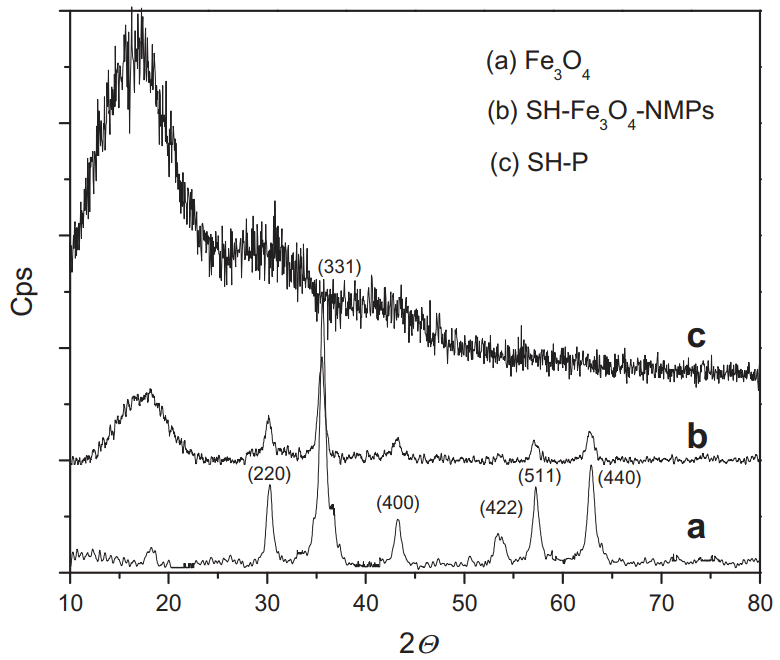
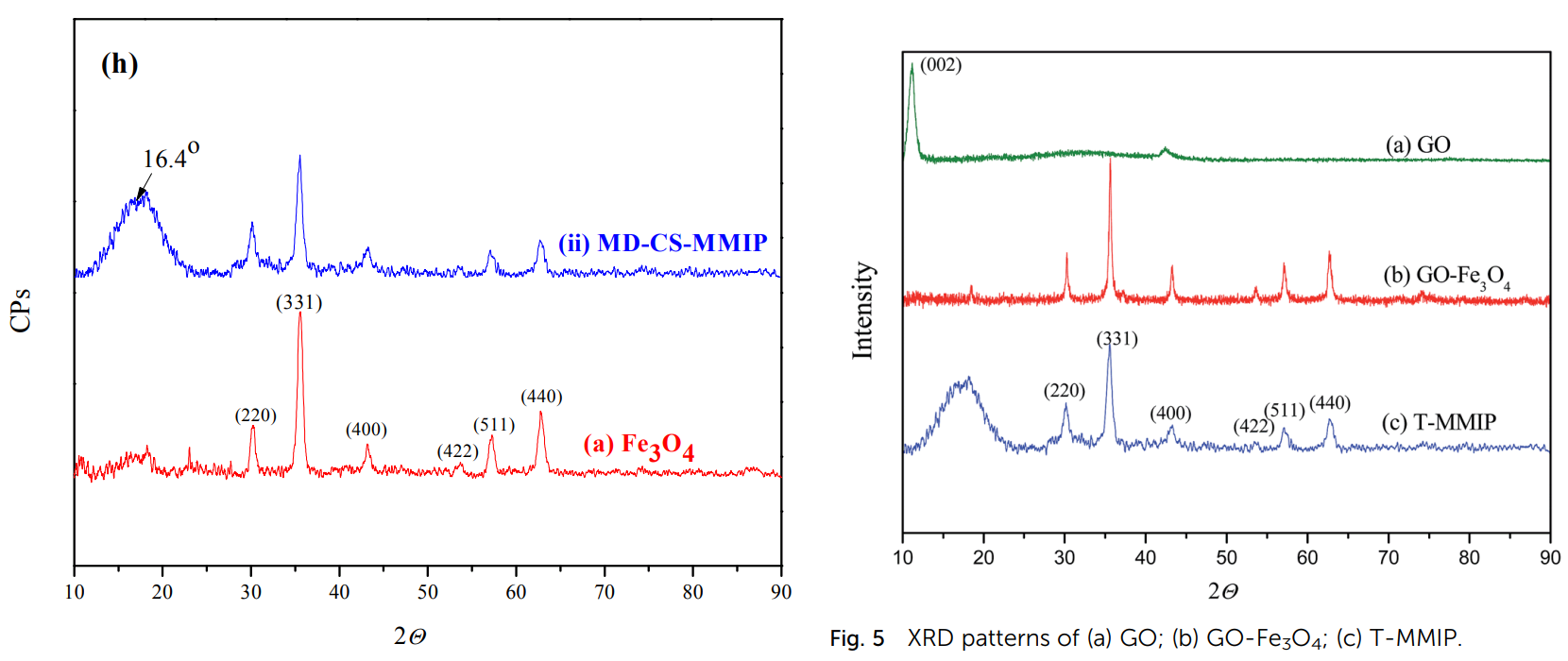
Fluorescence spectroscopy was a third specialty where the authors did not feel confident of their own abilities, again outsourcing the analysis and plotting of the raw data. Again, erroneous results were returned, resulting in the quadruplicated spectra in [2], [3], [4] and [6].
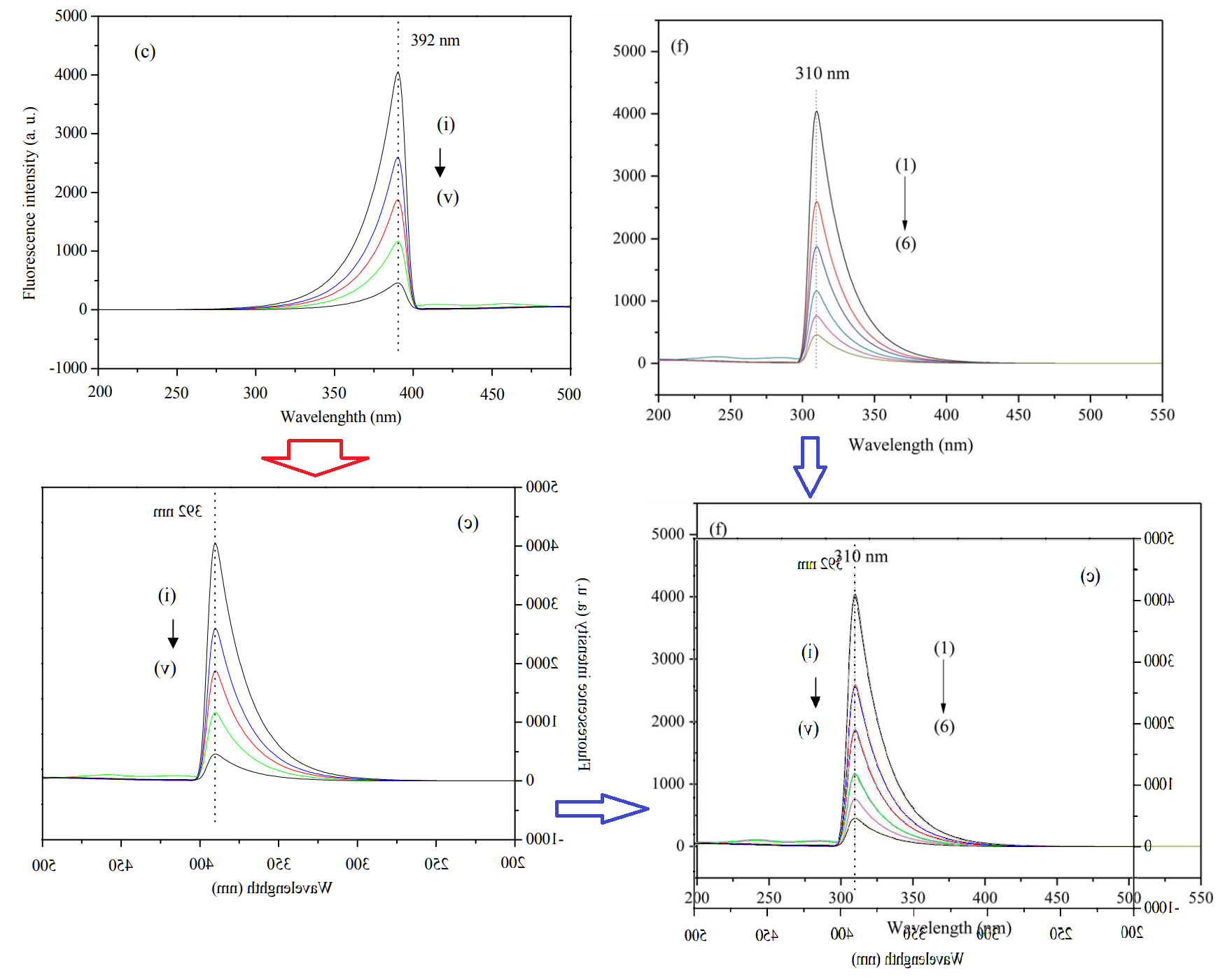

The authors are unable to recommend the Acme Spectroscopy Corporation.
Equally minor issues of image recycling have inspired Pubpeer threads for a few more papers from the group. For instance, the identical nanoparticles in [8] and [9]. Note that I am no longer numbering references in chronological sequence, and these papers book-end the whole collection, dating from 2010 and 2018. The authors deserve commendations for preserving their research results for so long, even if their labelling system leaves much to be desired.
Larger clusters of particles from [10] and [11] reappear in [12].
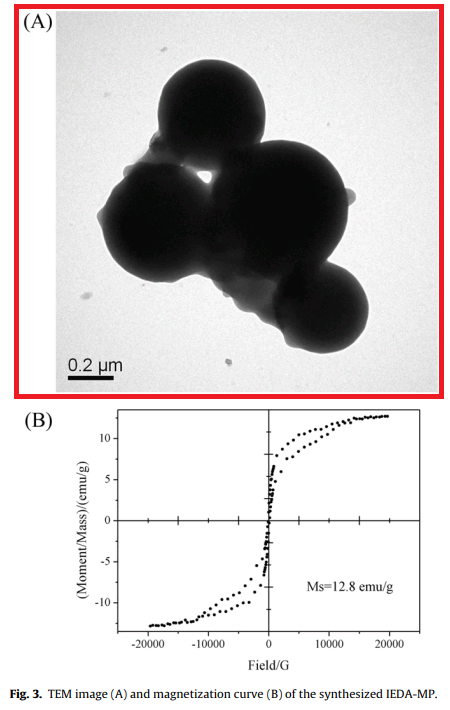


Left as an exercise for the reader
But it is time to stop before my hyper-critical pettiness grows too evident. As noted, these issues are trivial and easily corrected; I am not calling for the papers to be court-martialled, stripped of their epaulettes and reduced to the ranks.But what of the 'main sequence' of papers, from [1] to [7]? Were the journal editors right to accept the authors' explanations for the 'enhancements', their promises to go forth and sin no more, and their offers of unenhanced replacement illustrations? F. X. Coudert is not the only observer to raise his eyebrows in dismay. I am not offering advice to the editors (and they're unlikely to take it if I did). Suffice to say that the flurry of Errata coincided with the Retraction of [6] from Analytica Chimica Acta. When an Elsevier journal displays greater concern for the integrity of the literature, it is time for those RSC editors to think long and hard about the poor life decisions that led them to where they are now.
[1]. Shengdong Pan, Haoyu Shen, Qihong Xu, Jian Luo, Meiqin Hu (2012), "Surface mercapto engineered magnetic Fe3O4 nanoadsorbent for the removal of mercury from aqueous solutions".
Journal of Colloid and Interface Science doi: doi: 10.1016/j.jcis.2011.09.002 [Pubpeer].
Journal of Materials Chemistry A doi: 10.1039/c4ta02600d [Pubpeer].
[3]. Mei-Lan Chen, Jian-Qing Min, Sheng-Dong Pan, Mi-Cong Jin (2014), "Surface core–shell magnetic polymer modified graphene oxide-based material for 2,4,6-trichlorophenol removal".
RSC Advances doi: 10.1039/c4ra14150d [Pubpeer].
[4]. Sheng-Dong Pan , Xiao-Hong Chen , Xiao-Ping Li , Mei-Qiang Cai , Hao-Yu Shen , Yong-Gang Zhao , Mi-Cong Jin (2015), "In situ controllable synthesis of graphene oxide-based ternary magnetic molecularly imprinted polymer hybrid for efficient enrichment and detection of eight microcystins".
Journal of Materials Chemistry A doi: 10.1039/c5ta05840f [Pubpeer].
[5]. Sheng-Dong Pan, Xiao-Hong Chen, Xiao-Ping Li, Mei-Qiang Cai, Hao-Yu Shen, Yong-Gang Zhao, Mi-Cong Jin (2015), "Double-sided magnetic molecularly imprinted polymer modified graphene oxide for highly efficient enrichment and fast detection of trace-level microcystins from large-volume water samples combined with liquid chromatography–tandem mass spectrometry".
Journal of Chromatography A doi: 10.1016/j.chroma.2015.10.007 [Pubpeer].
[6]. Sheng-Dong Pan , Xiao-Hong Chen , Hao-Yu Shen , Xiao-Ping Li , Mei-Qiang Cai , Yong-Gang Zhao , Mi-Cong Jin (2016), "Rapid and effective sample cleanup based on graphene oxide-encapsulated core–shell magnetic microspheres for determination of fifteen trace environmental phenols in seafood by liquid chromatography–tandem mass spectrometry".
Analytica Chimica Acta doi: 10.1016/j.aca.2016.02.035 [Pubpeer].
[7]. Sheng-Dong Pan , Mei-Jun Ye , Guo-Sheng Gao , Qian He , Li Wang , Xiao-Hong Chen , Qiao-Li Qiu , Mi-Cong Jin (2017), "Synthesis of a monodisperse well-defined core–shell magnetic molecularly-imprinted polymer prior to LC-MS/MS for fast and sensitive determination of mycotoxin residues in rice".
Analytical Methods doi: 10.1039/c7ay01444a [Pubpeer].
[8]. Yong-Gang Zhao, Hao-Yu Shen, Sheng-Dong Pan, Mei-Qin Hu (2010), "Synthesis, characterization and properties of ethylenediamine-functionalized Fe3O4 magnetic polymers for removal of Cr(VI) in wastewater".
Journal of Hazardous Materials doi: 10.1016/j.jhazmat.2010.06.029 [Pubpeer].
[9]. Haoyu Shen , Meina Sun , Meiqin Hu , Jinjin Cheng (2018), "Design and controllable synthesis of ethylenediamine-grafted ion imprinted magnetic polymers for highly selective adsorption to perchlorate".
RSC Advances doi: 10.1039/c8ra06085a [Pubpeer].
[10]. Xiao-Hong Chen, Yong-Gang Zhao, Hao-Yu Shen, Mi-Cong Jin (2012), "Application of dispersive solid-phase extraction and ultra-fast liquid chromatography–tandem quadrupole mass spectrometry in food additive residue analysis of red wine".
Journal of Chromatography A doi: 10.1016/j.chroma.2012.09.074
[11]. Yong-Gang Zhao, Xiao-Hong Chen, Sheng-Dong Pan, Hao Zhu, Hao-Yu Shen, Mi-Cong Jin (2013), "Self-assembly of a surface bisphenol A-imprinted core–shell nanoring amino-functionalized superparamagnetic polymer".
Journal of Materials Chemistry A doi: 10.1039/c3ta12488f [Pubpeer].
[12]. Xiao-Hong Chen, Yong-Gang Zhao, Hao-Yu Shen, Li-Xin Zhou, Sheng-Dong Pan, Mi-Cong Jin (2014), "Fast determination of seven synthetic pigments from wine and soft drinks using magnetic dispersive solid-phase extraction followed by liquid chromatography–tandem mass spectrometry".
Journal of Chromatography A doi: 10.1016/j.chroma.2014.04.060 [Pubpeer]




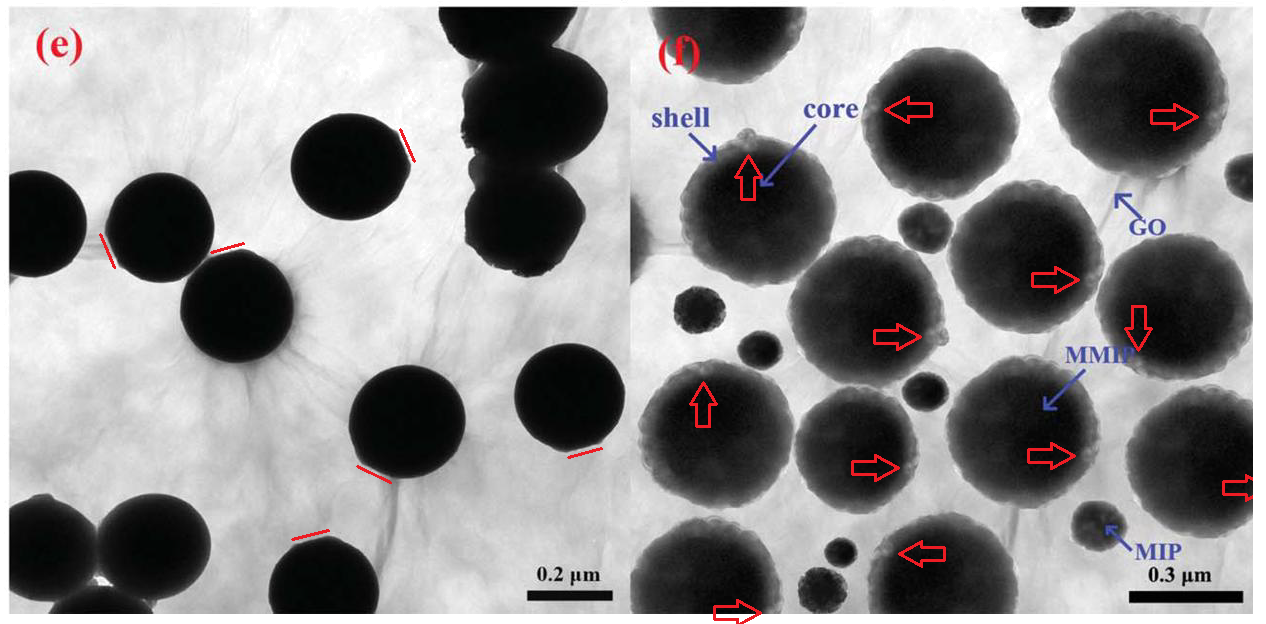

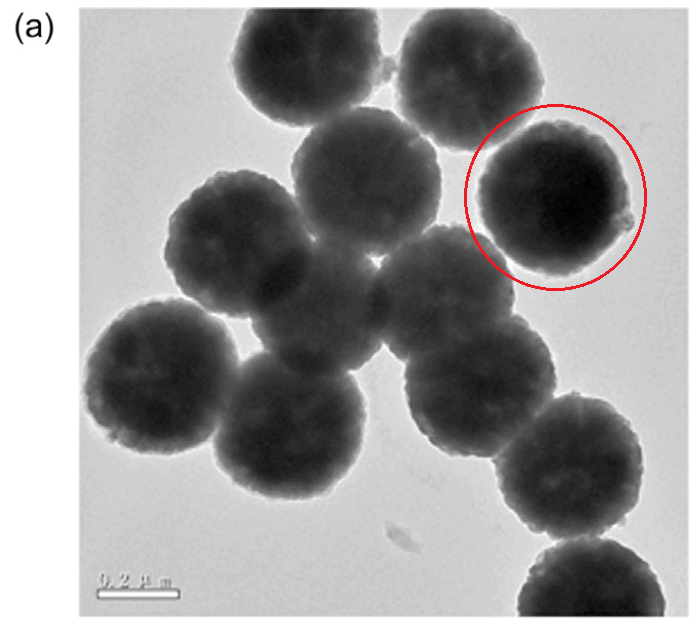
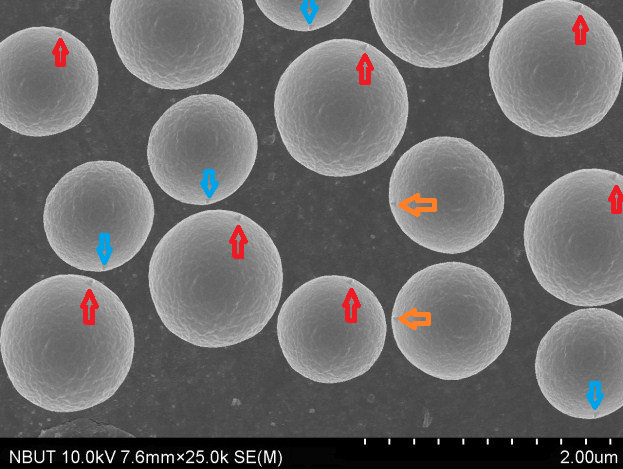
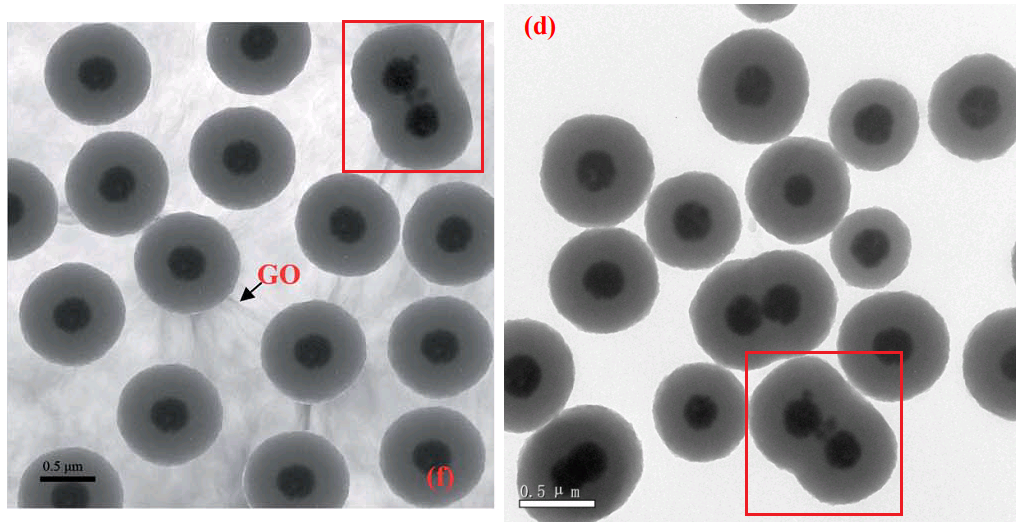
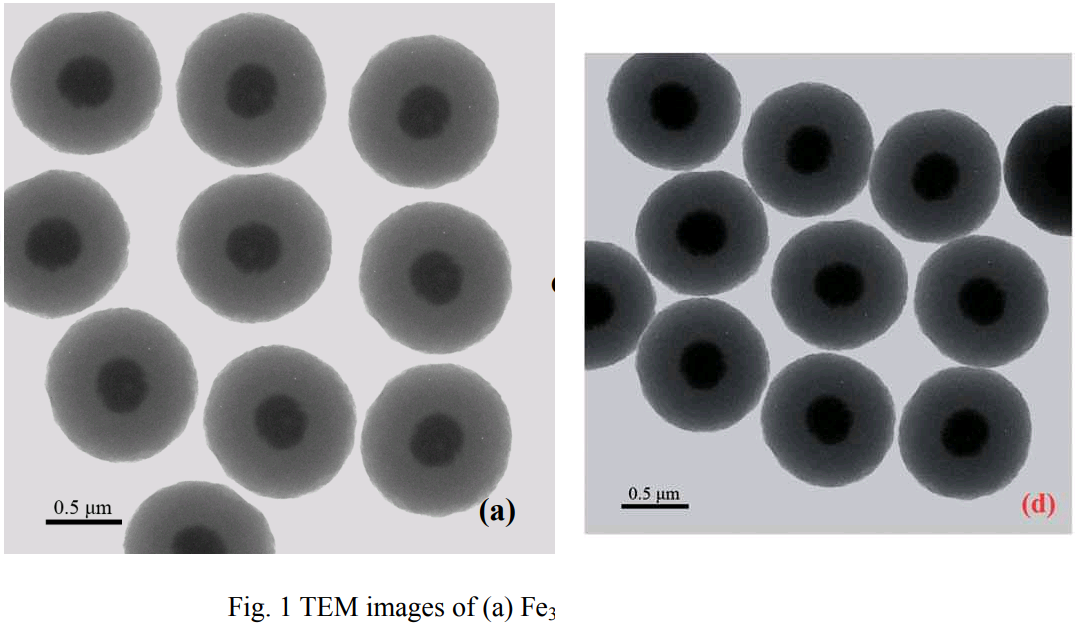
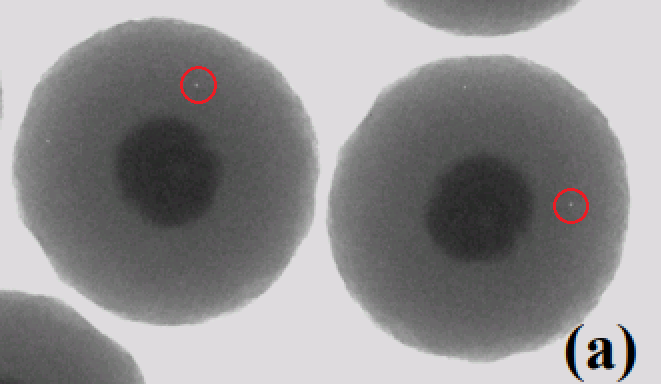
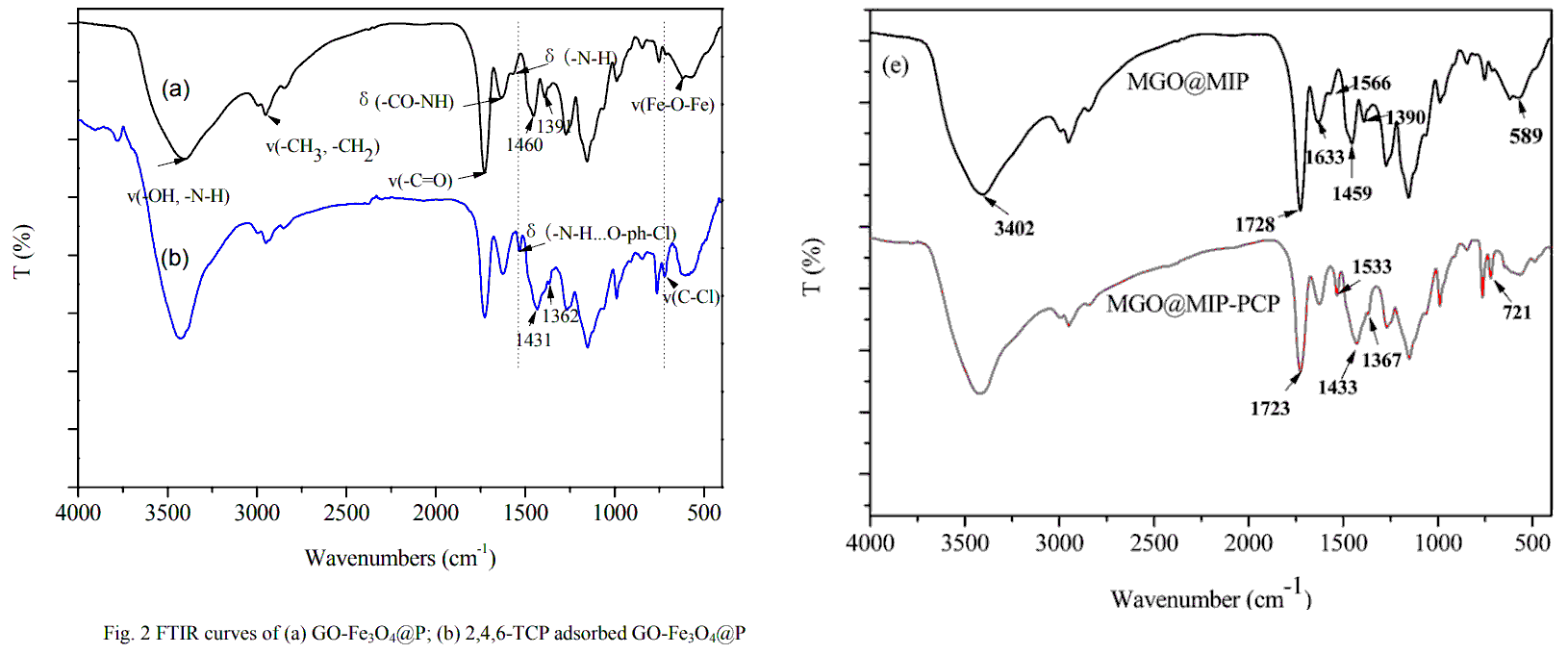
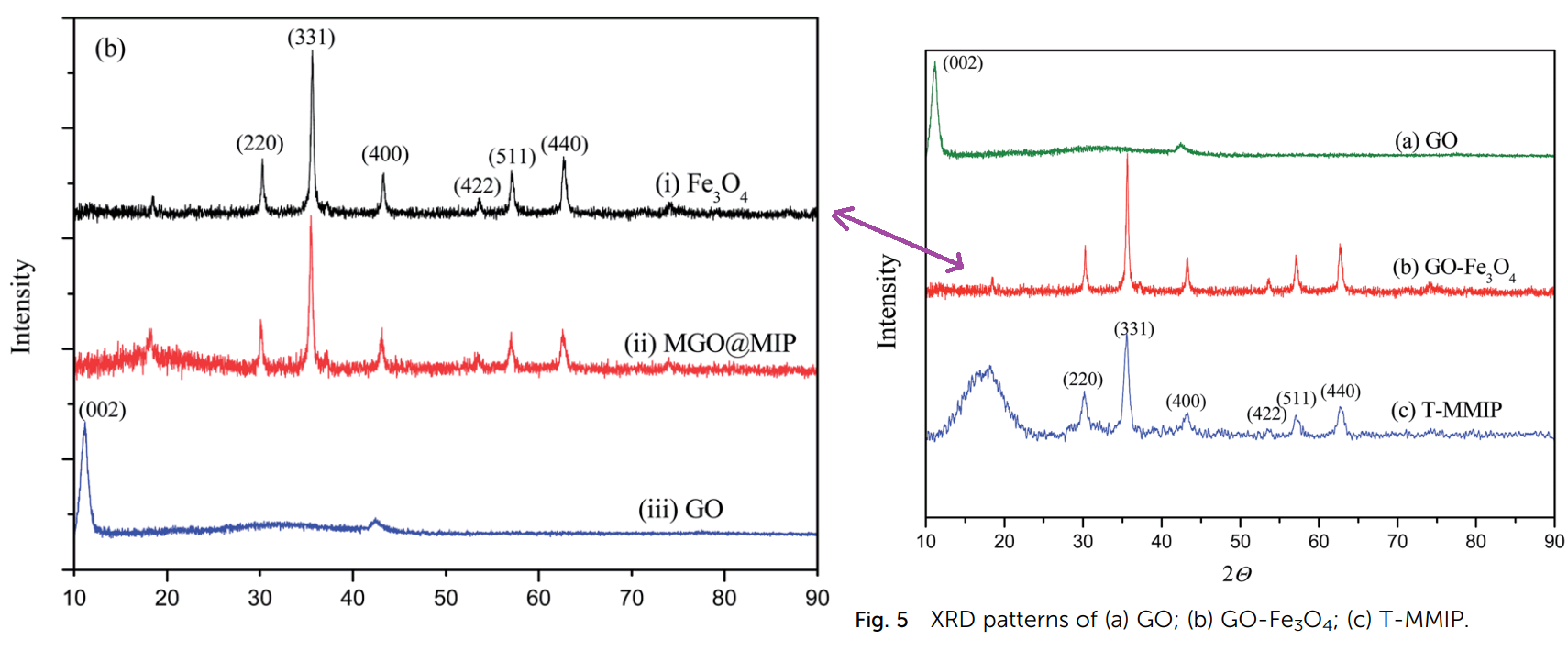

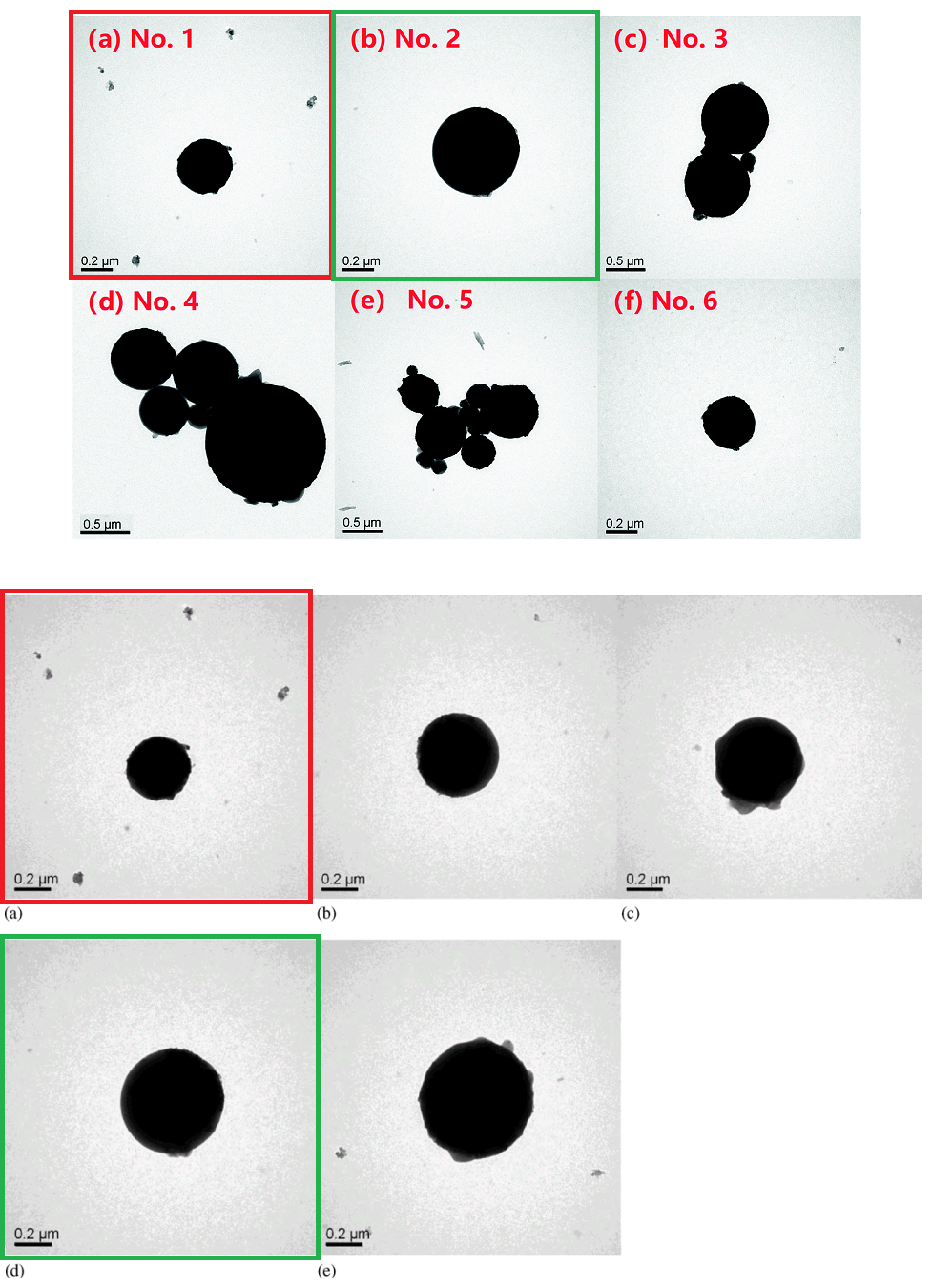
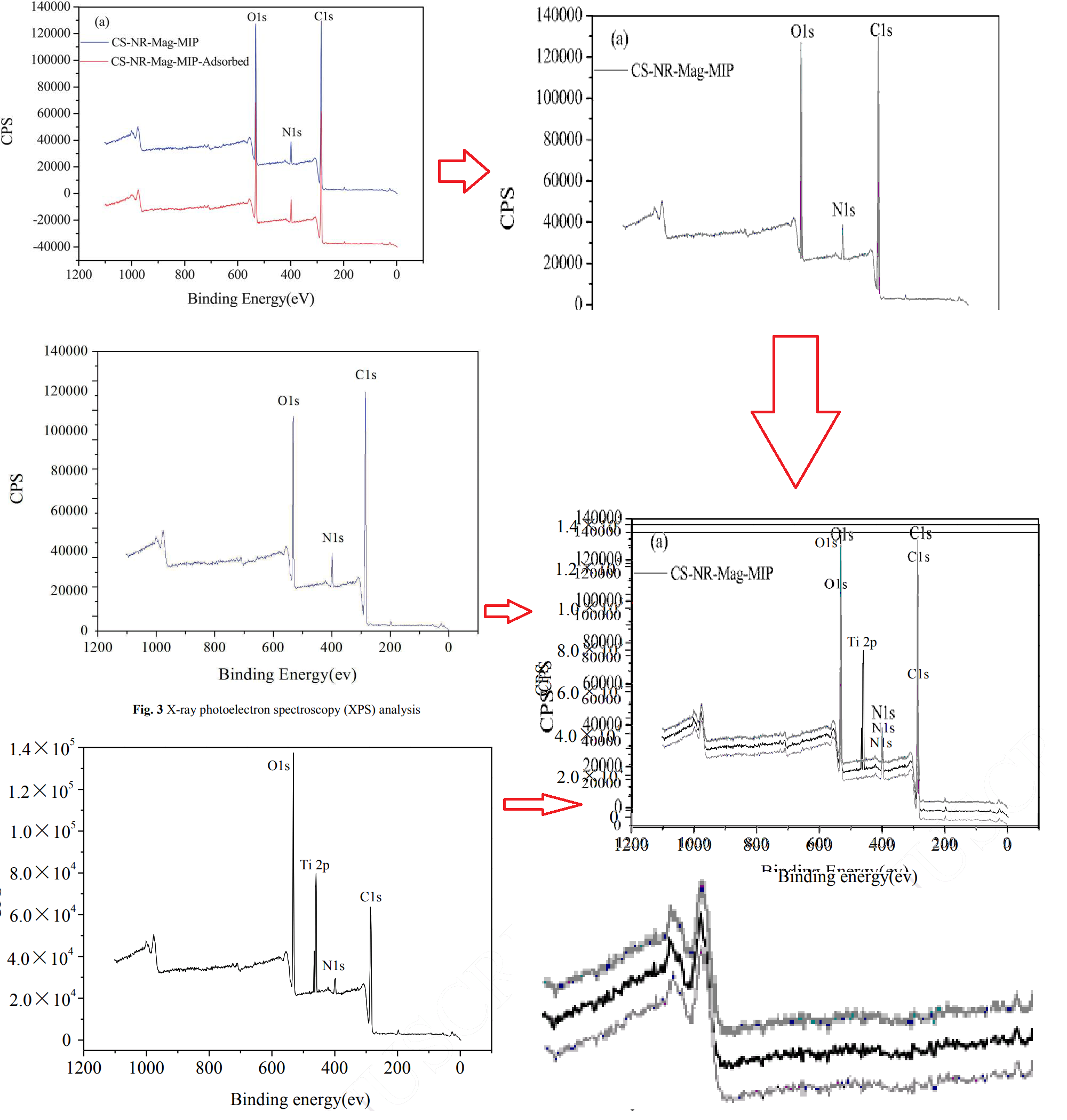

No comments:
Post a Comment